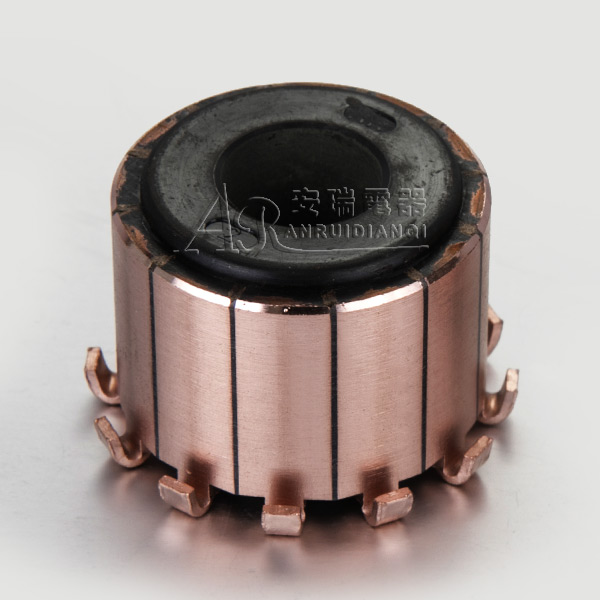

The excitation winding of the DC motor is connected in parallel with the rotor winding, the excitation current is relatively constant, the starting torque is proportional to the armature current, and the starting current is about 2.5 times the rated current. The speed decreases slightly with the increase of current and torque, and the short-term overload torque is 1.5 times of the rated torque. The rate of speed change is small, ranging from 5% to 15%. The speed can be adjusted by weakening the constant power of the magnetic field.
The excitation winding of the separately excited DC motor is connected to an independent excitation power supply, and its excitation current is relatively constant, and the starting torque is proportional to the armature current. The speed change is also 5%~15%. The speed can be increased by weakening the magnetic field and constant power or by reducing the voltage of the rotor winding to reduce the speed.
In addition to the shunt windings on the stator magnetic poles of the compound-excited DC motor, a series winding (with fewer turns) connected in series with the rotor winding is also installed. The direction of the magnetic flux generated by the series winding is the same as that of the main winding. The starting torque is about 4 times the rated torque, and the short-term overload torque is about 3.5 times the rated torque. The speed change rate is 25%~30% (related to series winding). The speed can be adjusted by weakening the magnetic field strength.
The commutator segments of the commutator are made of alloy materials such as silver-copper, cadmium-copper, and molded with high-strength plastic.
The brushes are in sliding contact with the commutator to provide armature current for the rotor winding. Electromagnetic DC motor brushes generally use metal graphite brushes or electrochemical graphite brushes.
The iron core of the rotor is made of laminated silicon steel sheets, generally 12 slots, with 12 sets of armature windings embedded, and each winding is connected in series, and then connected to 12 commutating plates.
